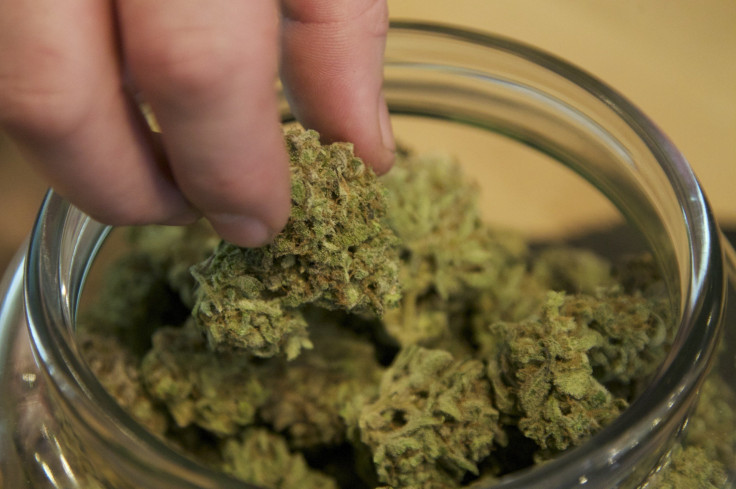Medical Marijuana Laws Have Not Increased Use Of Pot Among Teenagers — So Far

Currently, 21 states and Washington, D.C. permit the use of marijuana for medical purposes, with advocates touting its ability to relieve symptoms caused by Alzheimer’s disease, glaucoma, migraine, multiple sclerosis, and other conditions. Even among those who champion the drug’s potential benefits, fears remain that softening regulations might lead to a spike in teen users. If the federal government still considers pot a Schedule I substance with high risk for abuse, shouldn't state governments consider the impact of legalization when it comes to protecting children from this drug? Investigating the issue, a new study from Brown University determined that there has been no increase in use among adolescents related to state legalization for medical purposes.
Changing Opinions, Consistent Evidence
Legalization of pot remains a controversial and confusing issue within the U.S. Until the federal government passed the Marijuana Stamp Act of 1937, marijuana was legal to possess and use for medical reasons in every state of the Union. Many drugs, including opium derivatives, were once legal and widely available without prescription until their addictive nature became apparent. Scientific investigations and evolving public opinion, then, commonly affect how drugs are perceived and regulated and that is certain true in the case of weed. Among adolescent users, the drug has been shown to affect brain development, particularly regions of the brain concerned with thinking and memory, in ways that last a long time and may even be permanent. With more states legalizing the drug, then, a key question must be answered: Are more teens smoking pot?
To answer this question, the Brown study compared trends in teen pot use between states with and without legalization of medical marijuana. Led by Dr. Esther K. Choo, of Alpert Medical School, the study examined data from the Youth Risk Behavioral Surveillance Survey between the years 1991 and 2011. The researchers analyzed data from states with a medical marijuana law and compared them to states in geographic proximity that had not implemented the law. Altogether, the sample population consisted of 11,703,100 students.
What did the researchers discover? Across years and states, past-month marijuana use was common (about 21 percent), with no statistically significant differences in marijuana use before and after policy change for any state pairing. “Our study suggests that — at least thus far — the legalization of marijuana for medical purposes has not increased adolescent marijuana use,” wrote the authors.
The study may ease some people's fears but certainly not everyone's. According to the National Institutes of Health and scientific reports, overall use has been on the rise. “Beginning in 2007, there were increases not only in the number of users but also in the number of use-days per user and the number of daily/near-daily users, suggesting heavier use over this time period,” wrote the authors of Statistics on Cannabis Users Skew Perceptions of Cannabis Use. Of course, with 21 states relaxing their marijuana policies, statistical increases may be attributed to more people speaking honestly about using the drug. Adults using marijuana is one thing, children another. While legal opinions conflict and change, scientific evidence has remained consistent over a long period of time — marijuana harms developing brains.
Source: Choo EK, Benz M, Zaller N, Warren O, Rising KL, McConnell KJ. The Impact of State Medical Marijuana Legislation on Adolescent Marijuana Use. Journal of Adolescent Health. 2014.



























